剥离法制备氮化硼纳米片及其表征毕业论文
2020-04-25 20:19:46
摘 要
氮化硼纳米片是一种新型的二维材料,因为其具有的优异的热稳定性,绝缘性,导热性以及优异的抗化学腐蚀性能等,使得氮化硼纳米片在绝缘导热材料、聚合物基复合材料、气体存储等领域具有十分广阔的前景。然而合成方法设备昂贵、后续处理繁琐、反应时间漫长、环境污染等问题,使得合成方法难以实现氮化硼纳米片大批量生产。而剥离法制备剥离效率普遍偏低。这些都是氮化硼纳米片生产工业化急需要解决的难题。
本论文采用尿素辅助球磨预处理联合超声剥离的方式剥离氮化硼,在充分考虑了氮化硼与尿素质量比、料球比、球磨时间、超声时间等因素后制备出了高分散性,性质稳定的氮化硼纳米片。同时通过XRD,SEM,AFM等表征手段对制备出的氮化硼纳米片进行系统表征以了解氮化硼纳米片的结构与尺寸。最终在球磨时间20h,氮化硼与尿素质量比1:100,超声剥离时间6h的条件下制备出剥离效率达到79%的氮化硼纳米片。对应的平面尺寸为150nm,层数为7层。这些研究为氮化硼纳米片的工业化生产提供实验基础和依据。
关键词:氮化硼 纳米片 球磨 超声波处理 剥离方法
Abstract
Boron nitride nanosheets are a new type of two-dimensional material because of its excellent thermal stability, insulation, thermal conductivity and excellent chemical resistance, etc., so that Boron nitride nanosheets have a broad prospects in the fields of insulating and heat conductive materials, polymer matrix composites, gas storage, etc. However,the high price of synthetic method equipment, the subsequent cumbersome process , the long reaction time , environmental pollution and the like, that makes the synthesis method less possible to achieve high-volume production of boron nitride nanosheets. The peeling yield is generally low when using the peeling method. These are all problems that need to be solved in the industrialization of boron nitride nanosheet production.
In this paper, urea-assisted ball-milling pretreatment combined with ultrasonic stripping is used to strip boron nitride. After considering the factors such as boron nitride and urea mass ratio, material-ball ratio, ball milling time and ultrasonic time, high dispersion and stable boron nitride nanosheets is obtained. At the same time, the prepared boron nitride nanosheets were characterized by XRD, SEM, AFM and other characterization methods to understand the structure and size of boron nitride nanosheets. Finally, boron nitride nanosheets with a peeling yield of 79% were prepared at a ball milling time of 20 h, a mass ratio of boron nitride to urea of 1:100, and an ultrasonic stripping time of 6 h. The corresponding plane size is 150 nm and the number of layers is 7 layers. These studies provide experimental basis and basis for the industrial production of boron nitride nanosheets.
Key words: boron nitride;nanosheets;ball milling;ultrasonic treatment;stripping method
目录
摘要 I
Abstract II
第一章 绪论 2
1.1 引言 2
1.2 氮化硼的结构与性质 3
1.3氮化硼纳米片的结构与性能 3
1.4 氮化硼纳米片的制备 4
1.4.1“自下而上”的合成方法 4
1.4.2“自上而下”的合成方法 5
1.5 实验方案确定依据和标准 8
第二章 实验部分 10
2.1实验原料和设备 10
2.2剥离效率的计算方法 10
2.3实验过程 11
2.3.1BN的溶剂超声辅助剥离 11
2.3.2 BN的球磨辅助超声剥离 11
2.4测试方法 12
第三章 结果与讨论 13
3.1 不同制备方法比较 13
3.2.1研究不同混合比例和球磨时间的剥离效率 14
3.2.2研究不同超声时间的剥离效率 14
3.2.3研究最佳条件的剥离效率 15
3.3 BNNS的表征 16
3.3.1 分散性 16
3.3.2 XRD 17
3.3.3 FTIR和Raman 17
3.3.4 AFM 18
3.3.5 SEM 19
第四章 结论与展望 20
4.1 结论 20
4.2 展望 20
参考文献 22
致谢 25
第一章 绪论
1.1 引言
近20年来,纳米科学蓬勃发展,由于微型化在各个领域中,如计算机、传感器、生物医药等领域越来越重要,纳米技术也越来越受到重视。纳米材料指的是尺寸在1~100nm且性质发生明显变化的材料。因其尺寸而表现出的表面效应、宏观量子隧道效应,量子尺寸效应等[1],拓宽了人们对于材料开发的视野。通过对物理学、化学、材料学、机械学等多方面理论知识的综合运用,制作出不同大小形状的纳米材料,并将其制作出不同的形态结构,以期望得到质量更轻、硬度更大、导热性较高,稳定性更好的材料一直是人们研究的重点。
氮化硼(BN)是一种具有石墨结构的层状材料(如图1-1所示),所以也被称为“白色石墨”[2]。以六方氮化硼制作的纳米二维材料,因为其高化学稳定性,优异的机械性能和超高的导热性,所以在光电纳米器件、功能复合材料、氢蓄电池[3]方面具有广泛的应用。从2009年开始,世界各地有大量的科研者热心于二维氮化硼纳米片(BNNS)的制备[4]。并随着研究的深入,不断拓宽相关的新的研究领域。
相关图片展示:
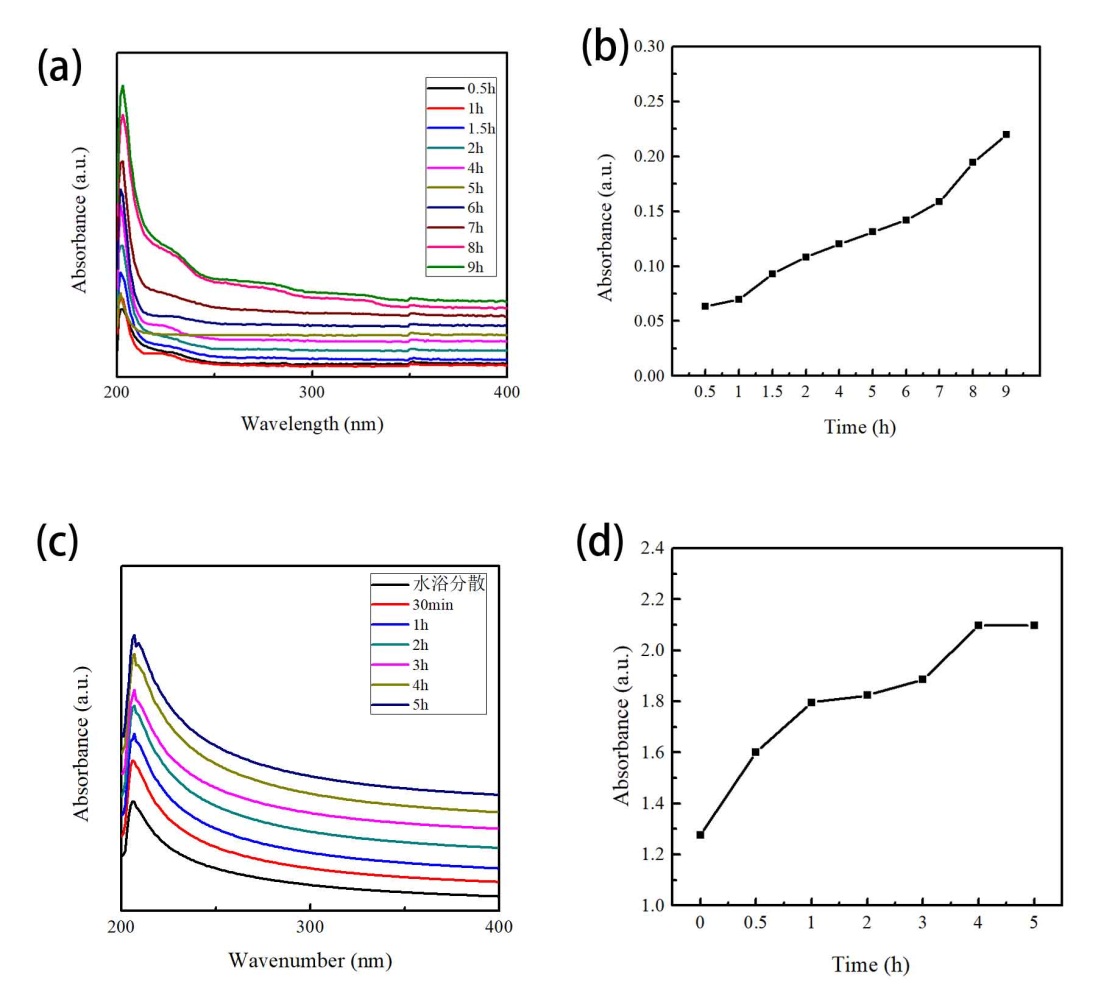
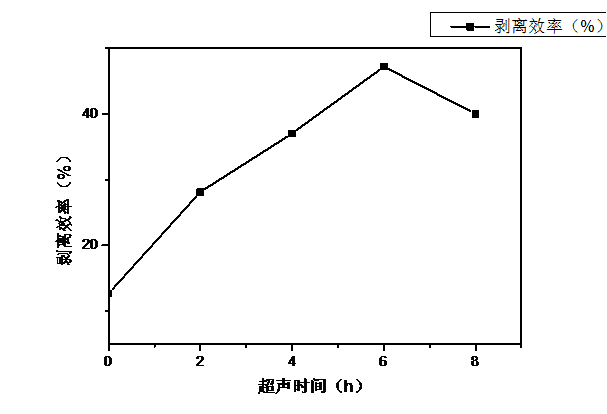
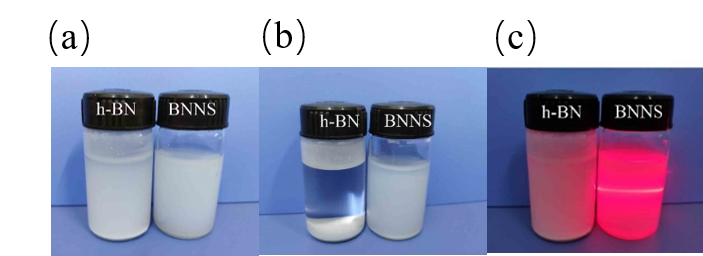
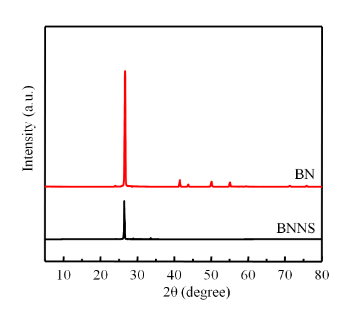
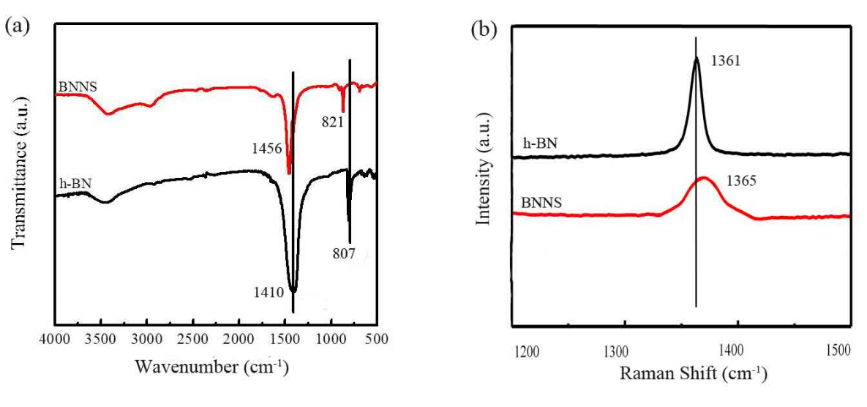
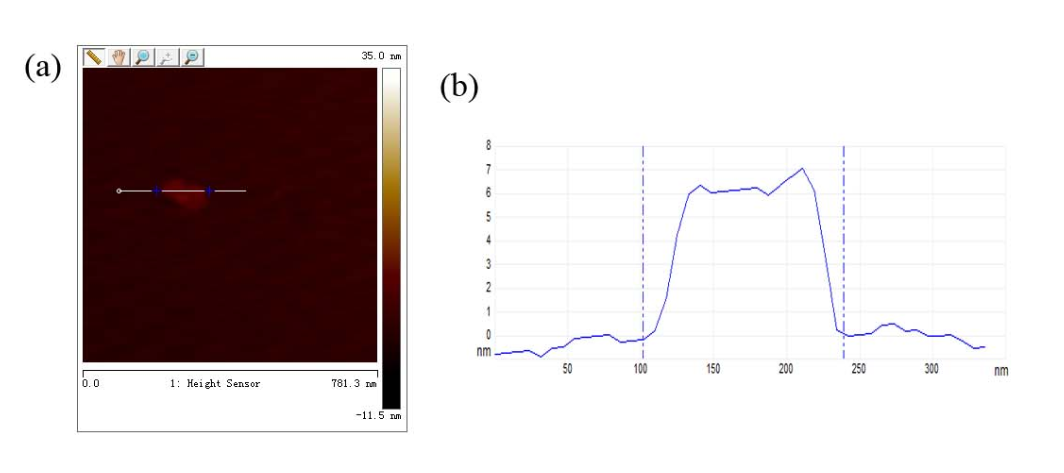
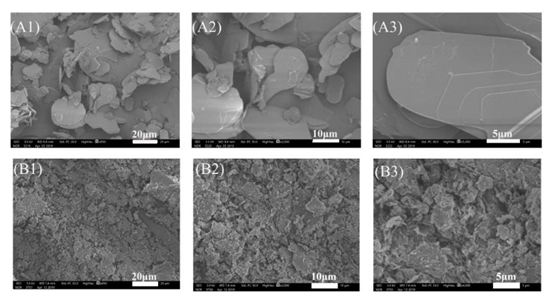
课题毕业论文、开题报告、任务书、外文翻译、程序设计、图纸设计等资料可联系客服协助查找。



